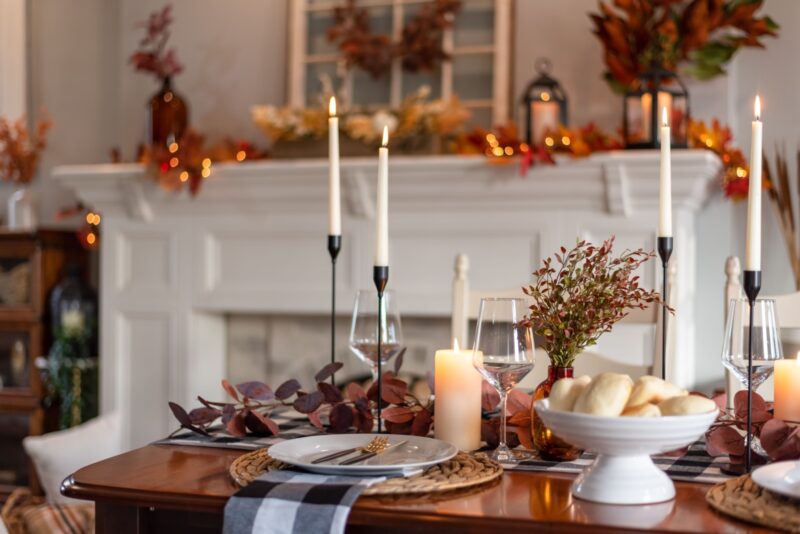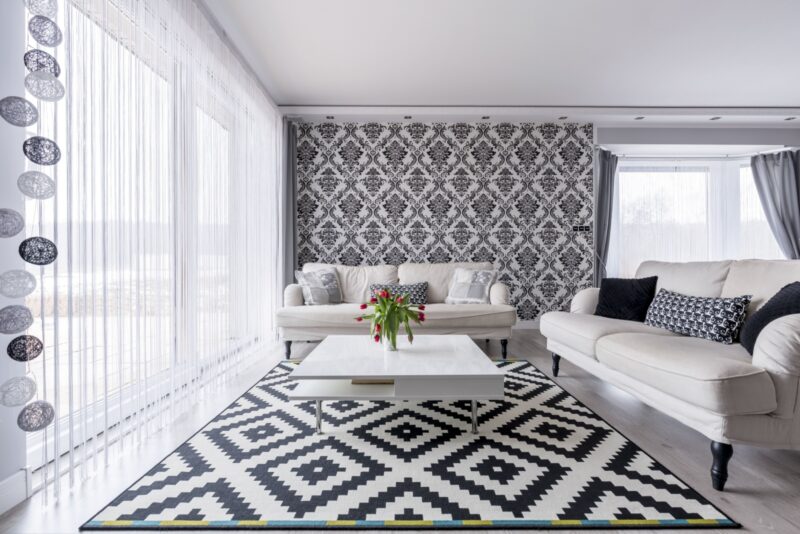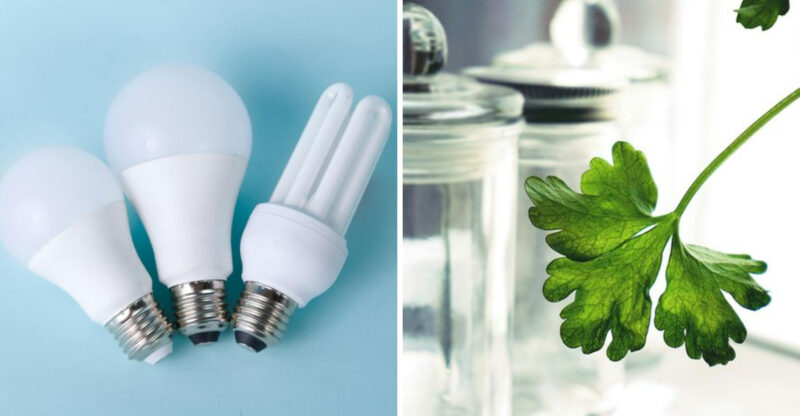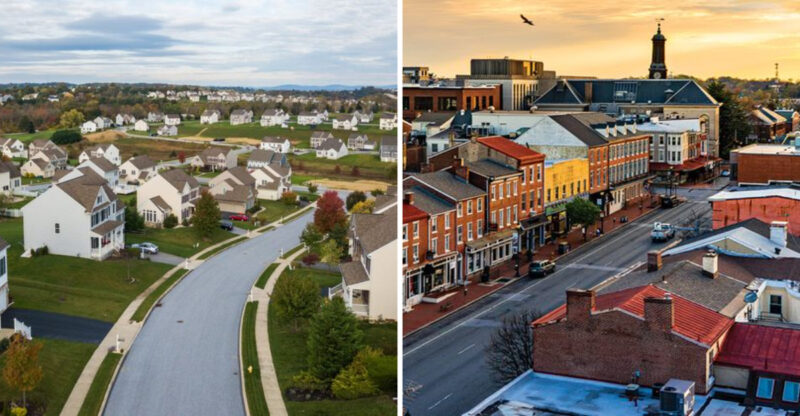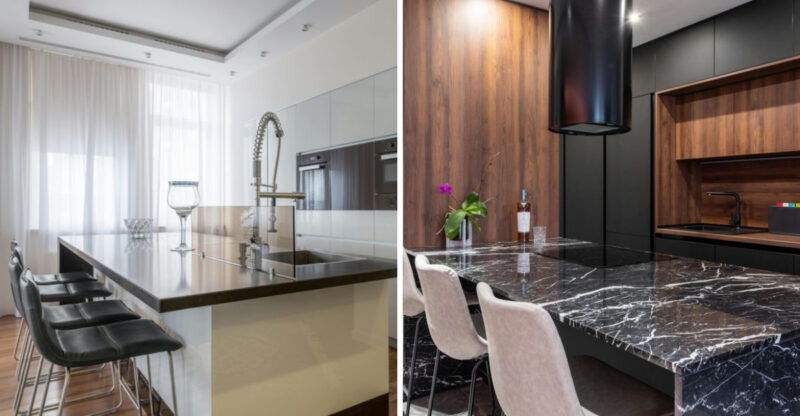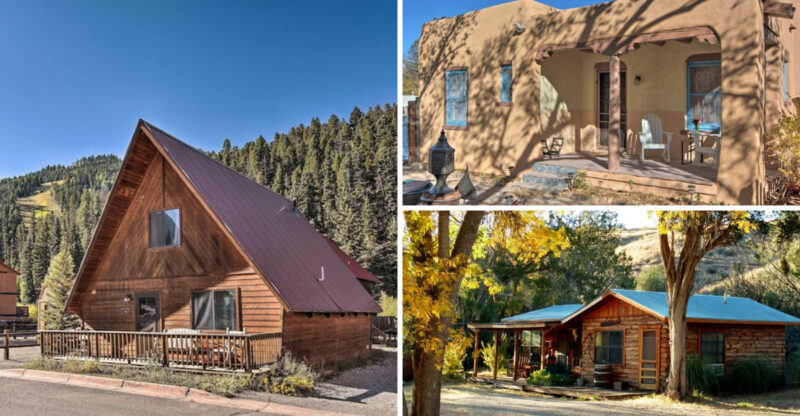15 New Mexico Home Styles That Could Be Risky Bets For Value By 2026
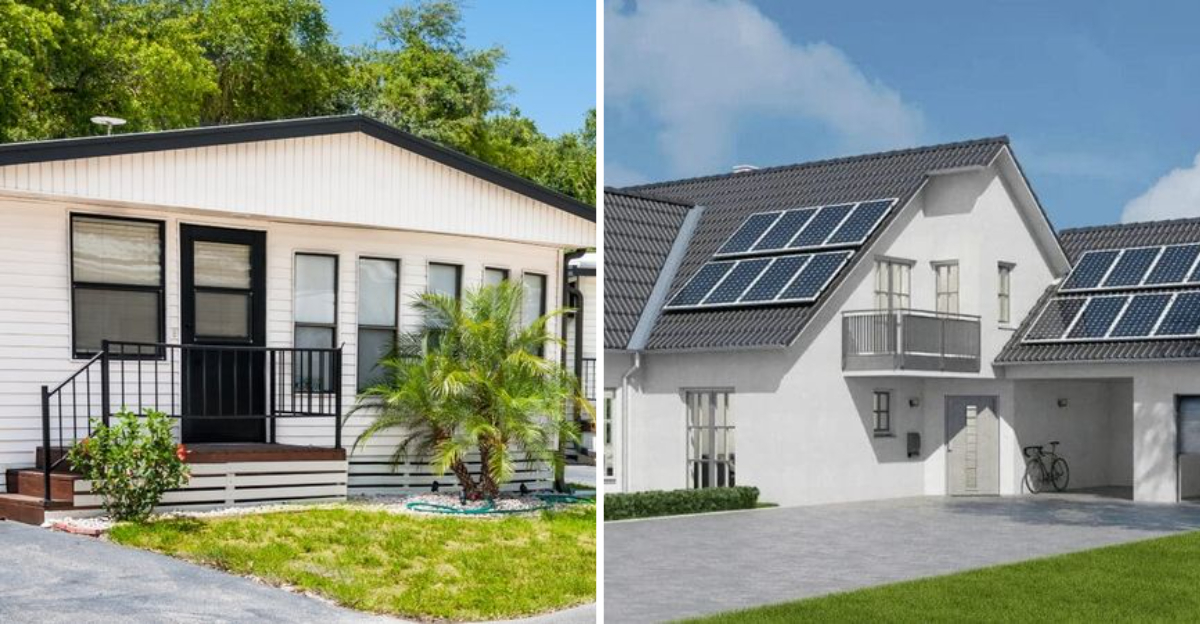
New Mexico’s housing market is changing fast, and not every home style will hold its value in the coming years.
Some architectural choices that seem trendy today might actually hurt your investment by 2026. I’m here to walk you through the home styles that could become harder to sell or lose their appeal as buyer preferences shift and economic factors come into play.
1. Adobe-Style Homes with High Maintenance Needs
Authentic adobe homes look stunning with their earthy tones and thick walls, but keeping them in good shape takes serious effort. Water damage from rain can erode the mud-brick walls if you don’t stay on top of repairs.
Many buyers today want low-maintenance properties they can enjoy without constant upkeep. If your adobe home needs frequent replastering or sealing, it might scare off potential buyers who prefer modern materials.
Rising labor costs for specialized adobe repair work make these homes even more expensive to maintain. By 2026, I think younger buyers especially will pass on homes that demand so much attention and money just to keep standing strong.
2. Flat-Roof Pueblo Revival Homes
How charming are those classic pueblo homes with their flat roofs and exposed wooden beams? They’re iconic to New Mexico, but flat roofs come with drainage problems that pitched roofs simply don’t have.
Water pooling on flat surfaces leads to leaks, especially during monsoon season when heavy rains hit fast. Repairing or replacing flat roofs costs more than traditional pitched roofing systems.
Insurance companies are also getting pickier about homes with higher risk features. If buyers face higher premiums or struggle to find coverage, your flat-roof pueblo home could sit on the market longer. I’ve noticed more people choosing practical features over pure aesthetics when it comes to big purchases like houses.
3. Oversized Hacienda-Style Estates
Did you know that massive hacienda estates with sprawling courtyards and multiple wings are becoming harder to sell? These grand properties eat up energy with their huge square footage and high ceilings.
Utility bills can shock new owners, especially as energy costs keep climbing. Heating and cooling such large spaces in New Mexico’s extreme temperatures gets expensive fast.
Younger buyers tend to prefer smaller, more efficient homes that fit their lifestyles and budgets. When you try selling an oversized hacienda by 2026, you might find a much smaller pool of interested buyers. The maintenance alone on these properties requires significant time and money that many families just don’t have anymore.
4. Territorial-Style Homes with Limited Insulation
Territorial homes carry historical charm with their brick-capped parapets and symmetrical designs, but many were built before modern insulation standards existed. Poor insulation means your heating and cooling systems work overtime year-round.
Energy efficiency matters more than ever to today’s buyers who watch their monthly expenses carefully. Retrofitting old territorial homes with proper insulation can be complicated and costly.
When buyers compare energy bills between homes, poorly insulated properties lose every time. I believe by 2026, homes that can’t meet basic energy performance expectations will struggle in the market. You might love the history, but practical concerns usually win out when people are spending hundreds of thousands of dollars.
5. Earthship Homes Off the Grid
Earthship homes are fascinating experiments in sustainable living, built from recycled materials and designed to operate completely off the grid. They attract a very specific type of buyer who values environmental innovation above all else.
Here’s the problem: that buyer pool is tiny compared to mainstream home shoppers. Banks often hesitate to finance unconventional properties, making it harder for interested buyers to actually purchase them.
Resale value depends on finding another person who shares your exact vision and lifestyle goals. By 2026, I suspect these unique homes will remain niche investments that take much longer to sell. If you need to move quickly or want broad market appeal, earthships present significant risks for your investment dollars.
6. Desert Contemporary with Excessive Glass
Those stunning desert contemporary homes with wall-to-wall windows offer breathtaking views and floods of natural light. But all that glass creates serious problems in New Mexico’s intense sun and temperature swings.
Cooling costs skyrocket during summer months when the sun beats through those beautiful windows all day long. Even high-performance glass can’t completely solve the heat gain issue in our climate.
Privacy concerns also arise when your entire home is visible from outside. Replacing or repairing large custom glass panels costs a fortune if anything breaks. I think buyers will increasingly avoid homes where the design works against the local climate instead of with it, making these glass showcases harder to sell profitably.
7. Stucco Homes with Moisture Problems
It’s common to see stucco homes throughout New Mexico because the finish complements our southwestern aesthetic perfectly. However, improperly installed stucco traps moisture behind the walls, leading to serious structural damage over time.
Mold, rot, and crumbling walls can hide behind a seemingly perfect stucco exterior. Fixing these issues requires removing large sections of stucco, repairing underlying damage, and reapplying the finish correctly.
Home inspectors now look closely for stucco problems, and buyers often walk away when they discover moisture issues. If your stucco home has hidden damage, you’ll either need to invest heavily in repairs or accept a much lower selling price. By 2026, I expect buyers to be even more cautious about stucco properties.
8. Homes with Kiva Fireplaces Only
When you walk into a home with a traditional kiva fireplace in the corner, it feels authentically New Mexican and cozy. These rounded, beehive-shaped fireplaces are beautiful cultural features that add character.
But here’s the catch: kiva fireplaces alone don’t provide efficient heating for modern living. They’re more decorative than functional, and homes relying solely on them for warmth leave buyers wanting better heating options.
Installing additional heating systems adds thousands to your costs. Buyers from other states especially don’t understand or appreciate kiva fireplaces the way locals might. I believe homes without practical, efficient heating solutions will face value challenges as buyers prioritize comfort and lower utility bills over architectural novelty in the coming years.
9. Homes Built with Outdated Electrical Systems
Are you aware that many older New Mexico homes still operate on electrical systems designed for far fewer appliances and devices than we use today? Outdated wiring can’t safely handle modern electrical loads.
Upgrading an entire electrical system costs thousands of dollars and requires permits and inspections. Homes with old knob-and-tube wiring or insufficient amperage scare off buyers and their home inspectors immediately.
Insurance companies may refuse coverage or charge higher premiums for homes with electrical hazards. As we add more electric vehicles, smart home devices, and appliances, adequate electrical capacity becomes essential. By 2026, I’m confident that homes needing major electrical overhauls will struggle to compete with updated properties, potentially losing significant value in the process.
10. Properties with Septic Systems in Poor Condition
Though many rural New Mexico properties rely on septic systems instead of city sewer connections, failing septic systems create nightmares for homeowners. Replacing a septic system can easily cost fifteen thousand dollars or more.
Buyers always inspect septic systems carefully because nobody wants to inherit someone else’s expensive problem. Bad smells, slow drains, or soggy areas in the yard signal septic failure that must be addressed.
Banks may refuse to finance homes with failed septic systems until they’re replaced. If your property has an aging or problematic septic system, you’ll face either costly repairs before selling or significant price reductions. I think rural properties with septic issues will become especially hard sells as buyers have more options in areas with municipal services.
11. Homes in Wildfire-Prone Areas Without Mitigation
If your home sits in a beautiful forested area or near wildlands, the scenery is probably incredible. Unfortunately, wildfire risk in these zones keeps increasing as our climate gets hotter and drier.
Homes without defensible space, fire-resistant materials, or mitigation efforts face higher insurance costs and greater danger. Some insurance companies are pulling out of high-risk areas entirely, leaving homeowners scrambling for coverage.
Buyers increasingly research wildfire risk before making offers, and properties in danger zones without proper protection lose appeal fast. Creating adequate defensible space and installing fire-resistant features costs money many sellers don’t want to spend. By 2026, I expect homes in wildfire-prone areas to face serious value challenges unless they demonstrate clear mitigation efforts.
12. Manufactured Homes on Leased Land
Manufactured homes offer affordable housing options, but ones sitting on leased land present complicated investment scenarios. You own the structure but not the ground beneath it, which creates unique financial challenges.
Land lease payments can increase over time, eating into your budget and reducing the home’s overall value. Financing manufactured homes on leased land is difficult since lenders view them as higher risk.
When you try to sell, buyers face the same financing hurdles and ongoing lease obligations you dealt with. The pool of interested buyers shrinks dramatically compared to traditional homes on owned land. I believe these properties will become even harder to sell as buyers seek more secure, straightforward investments that build equity in both structure and land by 2026.
13. Homes with Severe Foundation Issues
Foundation problems make even the most beautiful homes nearly impossible to sell at decent prices. Cracks in walls, uneven floors, and sticking doors all signal foundation trouble that buyers fear.
Repairing foundation damage costs tens of thousands of dollars depending on severity and home size. New Mexico’s soil conditions, with expansive clay in many areas, contribute to foundation movement and cracking over time.
Lenders often won’t approve mortgages for homes with significant foundation issues until repairs are completed by licensed professionals. Even after repairs, the stigma of past foundation problems can haunt a property’s value. I’m certain that by 2026, homes with documented foundation issues will face steep price reductions or sit unsold while comparable properties without structural problems sell quickly around them.
14. Properties with Unresolved Water Rights Issues
Water is precious in New Mexico, and properties with unclear or disputed water rights face serious marketability problems. Buyers need assurance they’ll have legal access to adequate water for their needs.
Resolving water rights disputes takes time, money, and sometimes legal intervention that delays or kills sales entirely. Wells that don’t produce sufficient water or properties relying on shared water systems with unclear agreements scare off buyers.
As water becomes scarcer in our state, these issues will only intensify and matter more to purchasers. Banks require proof of legal water rights before approving mortgages on properties. If your home has murky water rights or inadequate water supply, I strongly believe it will lose value compared to properties with clear, documented water access as we approach 2026.
15. Solar Homes with Leased Panel Agreements
Solar panels sound like a great selling point since they reduce electricity bills and help the environment. But homes with leased solar panels rather than purchased systems create complications that many buyers don’t want.
Lease agreements transfer to the new owner, locking them into payments for years with terms they didn’t negotiate. Some solar leases include escalating payments that increase annually, reducing any savings over time.
Buyers often prefer homes with owned solar systems or no solar at all rather than inheriting someone else’s lease obligations. The contracts can be difficult to understand and may include penalties for early termination. By 2026, I anticipate that homes with solar leases will face longer market times and lower offers as buyers seek properties without complicated financial entanglements attached.

